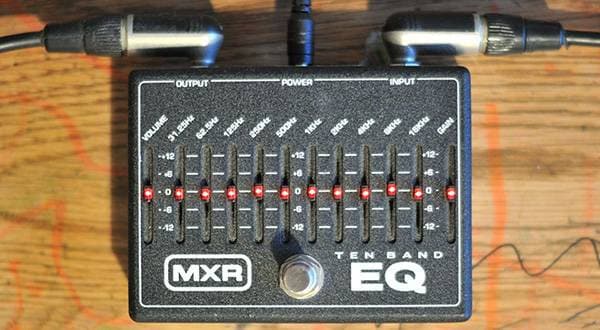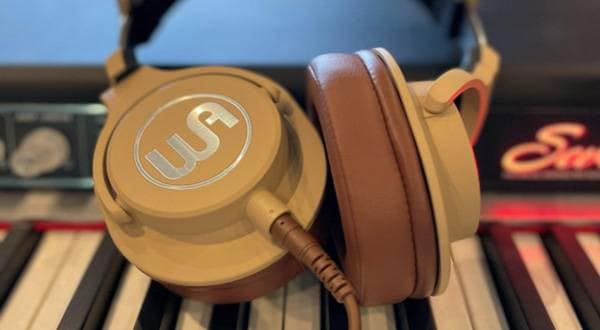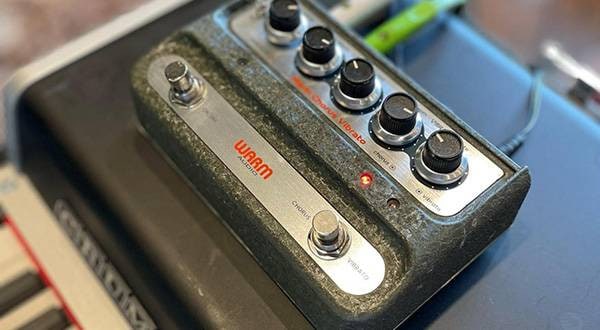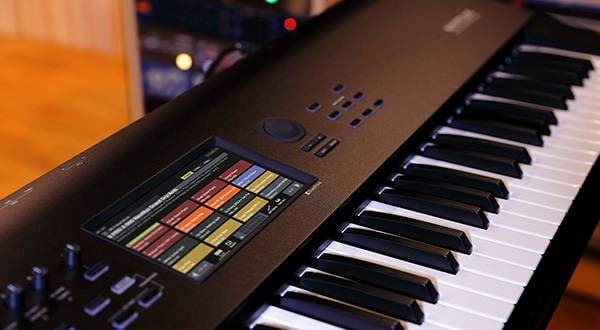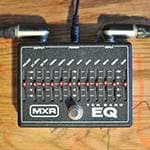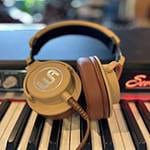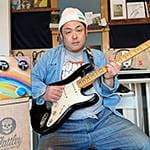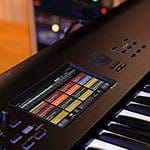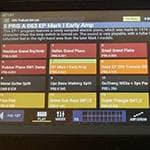Oberheim synthesizer transition and masterpiece
Oberheim released the OB-Xa (6 voices) in 1981 as a successor to the "Oberheim 8 Voices" and "OB-X". A Curtis chip was used for the filter, making it possible to switch the filter function, which was previously a 12㏈ fix, to 24dB. Variations are added to the thick sound with a core that is characteristic of Oberheim synthesizers. It also has a split function that divides the 61 keys into two with different sounds, and a layer mode that superimposes two different sounds. The domestic price is hundreds of thousands of yen! It was an expensive model. After that, they announced the sound module expander that increased the number of voices of the OB-8 to 8 voices. The expander is a sound module without a keyboard and costs under 1 million yen (648,000 yen), which is an amount that even semi-professionals can afford. I interviewed Suzuki Musical Instruments while producing a synthesizer program. At that time, Oberheim was made by Suzuki Musical Instruments, so I bought an expander at an exceptional price. After that, the Matrix 12 (12 voices) with a keyboard installed on the expander (6 voices) was released, and many users incorporated this expander and Matrix 12 into their music production.
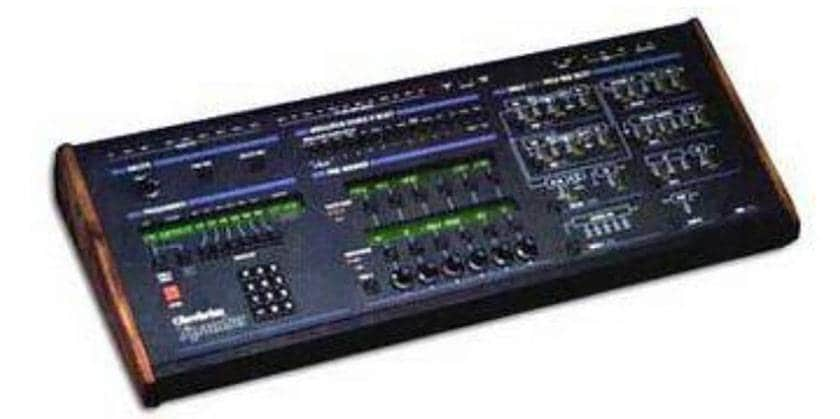
Oberheim Xpander
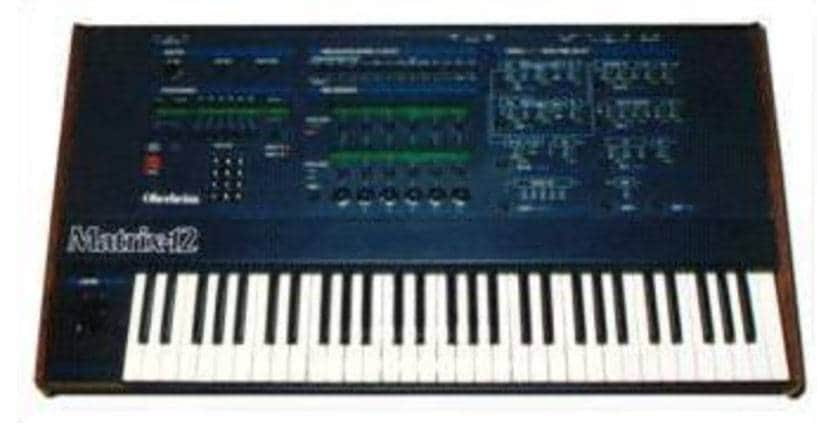
Oberheim MATRIX-12
The emergence of an epoch-making function called MIDI!
The Oberheim Expander sound module had a function called MIDI. MIDI is an abbreviation for Musical Instrument Digital Interface, which is a common standard for transferring and sharing performance data of electronic musical instruments between devices. It allows you to connect a keyboard instrument with a MIDI terminal and a sound module with a MIDI terminal with a MIDI cable and transfer the performance data to the sound module on the keyboard side, the sound played on the keyboard will come out of the sound module. If the keyboard side is a piano sound and the sound source side is a brass sound, the piano and brass sounds can be produced at the same time. If you connect several sound sources, you can output the sounds of several sound sources from one keyboard. The advent of MIDI was a revolution in music production. By incorporating a sequencer, drum machine, etc. into this system, it became possible to simulate a full band or orchestra with a keyboard. It was Roland's then president, the late Ikutaro Kakehashi, who contributed to this MIDI standard. Mr. Kakehashi won the Grammy Award for Technology in 2013. I'm thinking of writing the story of Mr. Kakehashi in a later interview.
■ Recommended album: "RIT" (1981) / Lee Ritenour
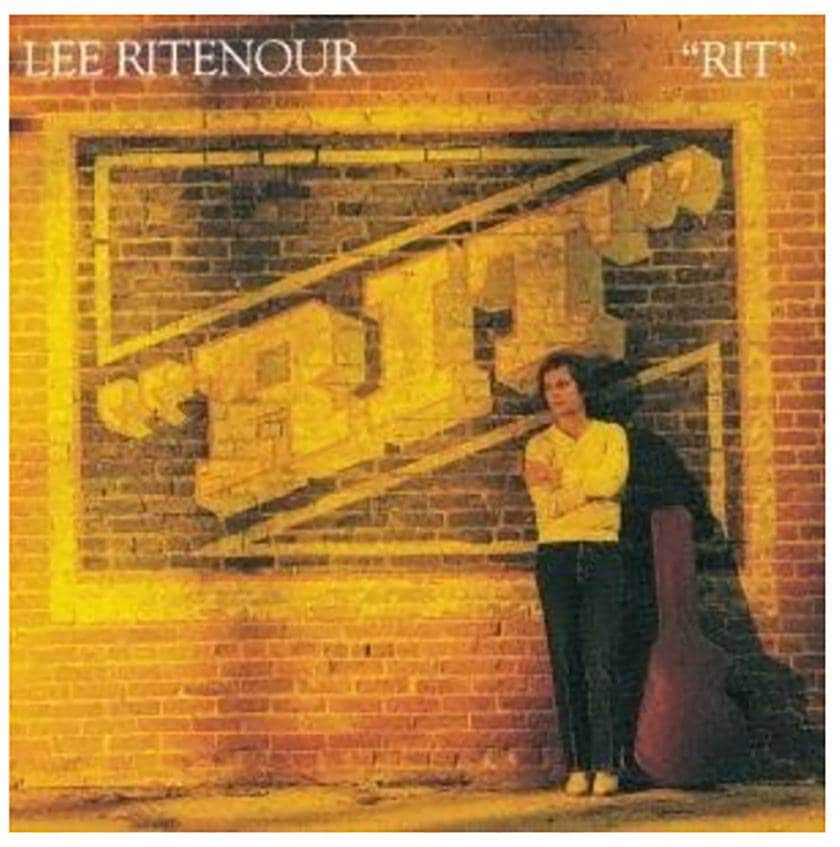
Among Lee Ritenour's albums have many instrumental songs that occupy half the album. It was the highest point in Ritenour’s carrier, which hit #20 on the Billboat charts. The vocalists are Eric Tagg and Bill Champlin. It was very much a pop album, and was nominated for the Best Pop Instrumental Performance Award at the 24th Grammy Awards.
Recommended song: "Mr. Briefcase"
A song that symbolizes the highly pop album. You can hear the sound of the Oberheim OB-Xa in the intro. This sound symbolizes the Oberheim, which can be called the "Oberheim sound". There are many sounds that represent the Oberheim, such as the intro of the weather report "Birdland", the sound of that whistle of Laril Maze, and the intro sound of Van Halen "Jump", but this horn sound is also Oberheim. It is a unique sound. I would like to say that the sticky horn-type sound that suppresses the attack time is all about over the intro. It's such a nice intro. The song "No One There" from the 1982 album "Dream Walkin" sung by Eric Tagg also plays the interlude with a tone similar to the intro of "Mr. Briefcase". It's a mystery whether this song was one of his favorites or just frequently requested by the people around him.
■ Recommended album: "Isolation" (1984) / TOTO
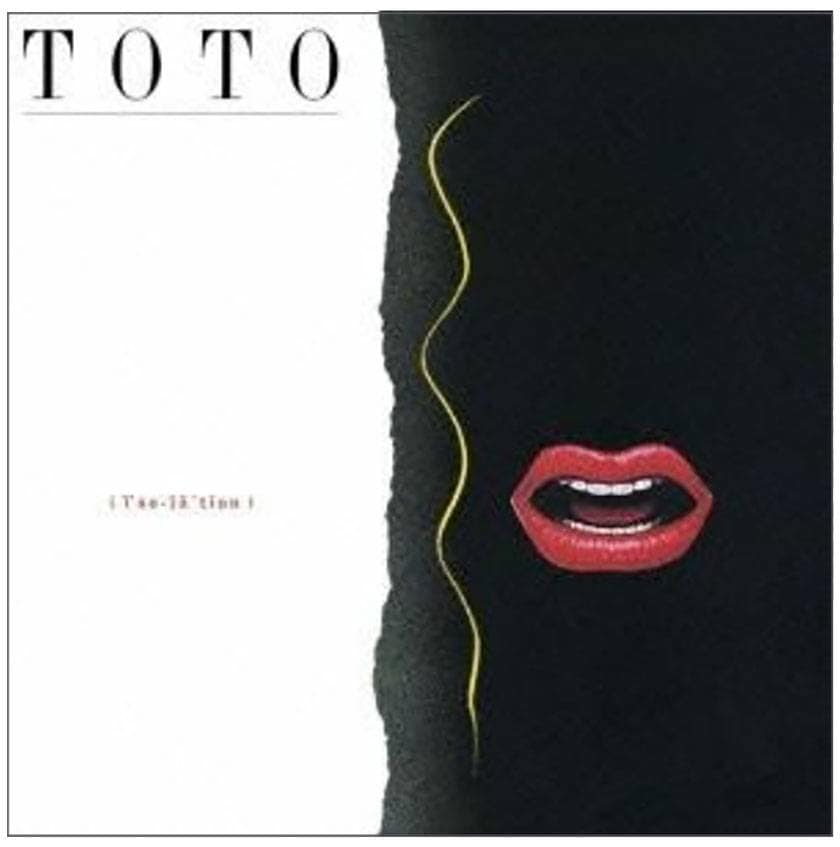
The next album is the hugely successful "Sacred Sword". The soulful touch vocalist Bobby Kimball has been replaced by the hard rock type Fuggy Frederiksen, and Toto's certain darkness has disappeared. The impression that they became an ordinary rock band is strong. In addition, bassist David Heigent, who played a part in the darkness, was replaced by the Porcaro brothers Mike Porcaro. Songs with a touch like Jo'zzy Bosie and songs that make use of the gap disappeared. Changing the vocalist who is the face of the band and the bassist who is the key to the rhythm will create a chance to stray to become the glorious Toto.
Recommended song: "Stranger in Town"
Not to mention the top class on the west coast in terms of performance, David Paich and Steve Porcaro are making great sounds just because they are still alive. At this time, synthesizers with MIDI functions (mentioned above) will become the mainstream, so the idea of producing sounds with a single synth will fade away. According to an interview with Steve Porcaro in 1984, multiple synthesizers are connected via MIDI to create sounds such as brass and strings. The list of synthesizers also included Oberheim expanders, and at Toto's live show, several Oberheim expanders were stacked on the keyboard stand. The brass sandwich that appears after Peach's scat is considered to be a typical example. They also used the Oberheim expander, but the brass sound "TOTO HORN" was credited as tone number 00.
Musicians, albums, recommended songs, keyboards used this time
- Artist: Lee Ritenour, TOTO
- Album: "RIT" "Isolation"
- Song titles: "Mr. Briefcase" "Stranger in Town"
- Instruments used: Oberheim OB-Xa, expander, etc.






